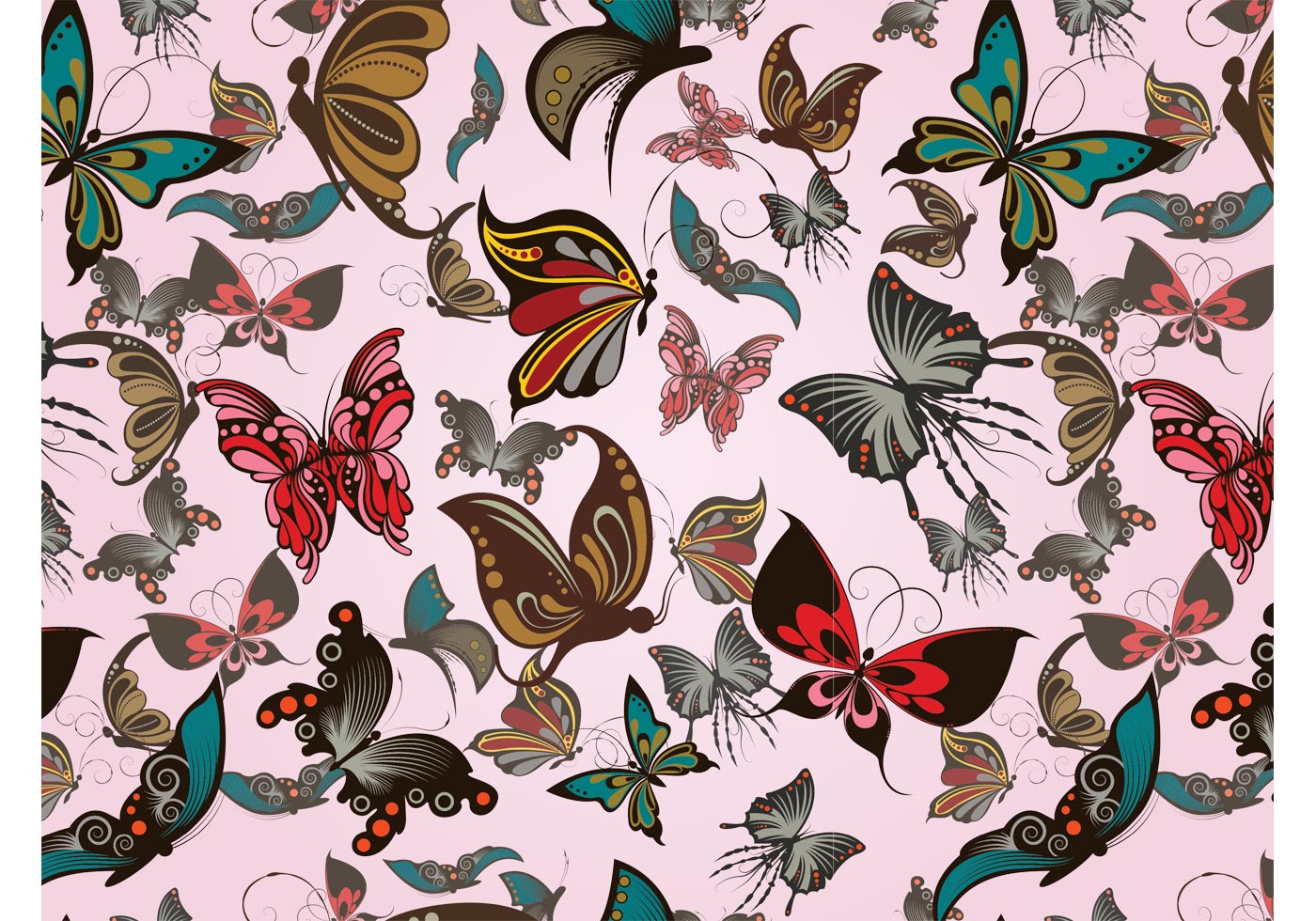
The Marvel of Butterfly Wings
Butterflies are not only known for their vibrant colors and delicate flight, but also for their intricate wing patterns. These patterns, often referred to as butterfly patterns, have fascinated scientists and nature enthusiasts for centuries. The mesmerizing beauty of butterfly wings is a result of millions of years of evolution, adaptation, and natural selection. Let's explore the intricacies of the butterfly pattern and uncover the secrets behind this fascinating phenomenon.

Understanding Butterfly Pattern Formation
The formation of butterfly patterns begins during the early stages of development inside the chrysalis. Specialized cells called scale cells are responsible for producing the pigments and patterns on the wings. These scale cells contain tiny granules of pigments that are arranged in a mosaic-like pattern, creating the intricate designs we admire.

Types of Butterfly Patterns
Butterfly patterns can vary greatly between different species and even within the same species. Some common types of butterfly patterns include:
- 1. Striped Patterns: These patterns consist of parallel stripes of different colors running across the wings.
- 2. Spotted Patterns: Spots of various sizes and colors are scattered across the wings, creating an eye-catching display.
- 3. Camouflage Patterns: These patterns help butterflies blend in with their surroundings, providing them with protection from predators.
- 4. Swirl Patterns: These intricate patterns resemble swirling shapes, giving the wings a mesmerizing appearance.

The Role of Genetics in Butterfly Patterns
Genetics play a crucial role in determining the patterns and colors on butterfly wings. Different genes control the production of pigments and their distribution, resulting in a wide array of patterns. Mutations in these genes can lead to unique and rare patterns, making every butterfly a truly exceptional work of art.

The Function of Butterfly Patterns
Butterfly patterns serve various functions, including attracting mates, camouflaging from predators, and signaling warning signs. Male butterflies often display vibrant and intricate patterns to attract females during courtship. On the other hand, some species have developed patterns that resemble the poisonous or distasteful species, warning predators to stay away.

The Influence of Environmental Factors
Environmental factors such as temperature, humidity, and food availability can also influence the development of butterfly patterns. In some species, the color and intensity of the patterns can change depending on the environmental conditions during the pupal stage. This adaptability allows butterflies to better survive and thrive in diverse habitats.

Butterfly Patterns as Inspiration
The mesmerizing beauty of butterfly patterns has inspired artists, designers, and scientists alike. The intricate designs found on butterfly wings have been replicated in various forms of art, fashion, and even technology. By studying butterfly patterns, scientists hope to gain insights into new materials, optical advancements, and innovative camouflage techniques.

The Importance of Butterfly Conservation
Butterflies play a vital role in pollination and act as indicators of ecosystem health. Loss of natural habitats, pollution, and climate change pose significant threats to butterfly populations worldwide. Conservation efforts are crucial to ensure the survival of these delicate creatures and the preservation of their mesmerizing patterns for future generations to admire and draw inspiration from.
